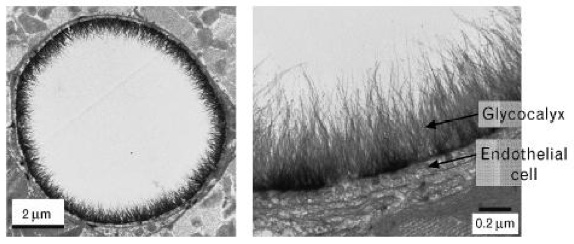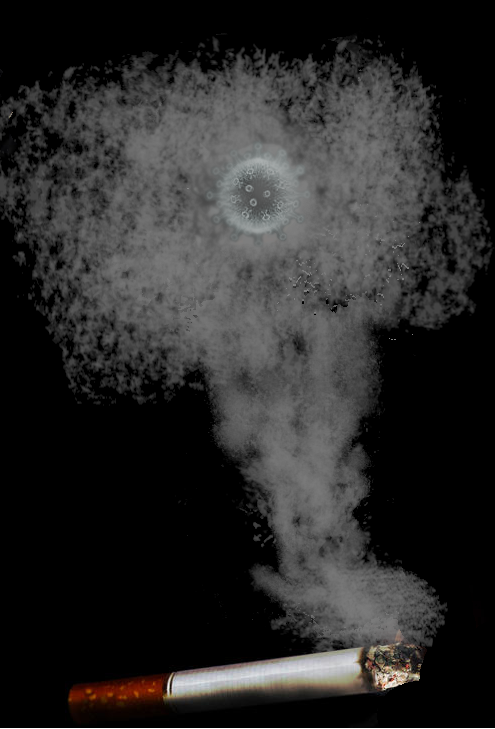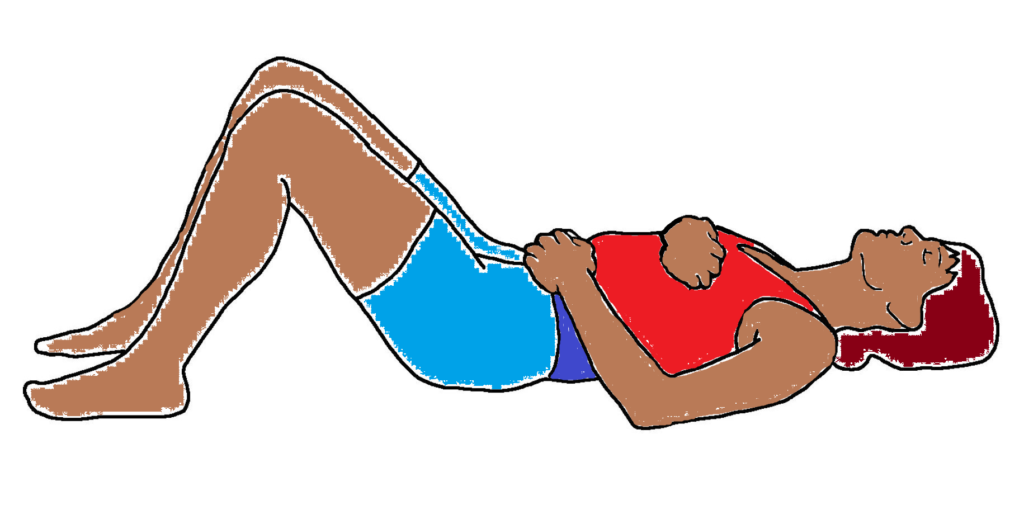The doctor of the future will give no medication, but will interest his patients in the care of the human frame, diet and in the cause and prevention of disease.
Thomas A. Edison
Obliterate. Eradicate. Decimate. Contemplate. Coronavirus. The shoot first ask questions later methodology. Useful in Cinema, useless in life. This post covers prevention strategies. This means you have an idea or read the previous posts. Didn’t you? Do not shoot first. Do not pass go and do not collect $200.
Briefly, we will touch upon the topic of sterilization. The issue present is “Sterilization is the only way to get well and be safe.” Why is it an issue? There is a lack of understanding regarding the complexities of humans and the environment around us. Humans are complex messy things. Nature is far more messy and complex. So messy is nature that we cleanse her existence from our lives.
Microbes play an important role in our lives. Bacteria live in the gut and on the skin. Like the Amazon rainforest, these species compete with each other and live in harmony with their environment (us). Having them in balance keeps us in balance. Imagine, for a moment, dropping atomic bombs on the Amazon rainforest.

Why would we do this?
Because we hate ants and want to get rid of them. We dropped atomic bombs to get rid of them. As a consequence, we lose the forest and other animals living in the forest. Tribal people would perish also.
This is sterilization. Whether by antibiotics (eaten or placed on your skin) or a cleaning agent, the result is the same. Complete removal of life. Yes, situations exist where the use of extreme clean measures are warranted. Not every situation is fixed with an atomic bomb. To go into deep detail of the benefits of the microbes is beyond the scope of this post. I’ll leave you with this to contemplate.
Pure water has no fish.
Some smart dude (not me).
To kill everything around you is to harm yourself. Don’t be maniacal about it, be cautious but not obsessed.[1] To be germ-free is not carefree. You carry the extra burden. Germ-free mice in germ-free environments need more nutrients than normal mice.[2] Be smart about your sanitation. At home, you are fine. There is no need to be germ-free. In a public bathroom, wash your hands.
Please Note.
Aside from the CDC recommendations, wearing masks and washing hands, is there anything else that prevents infection? If only our bodies had something unique that can ward off this disease, even if exposed. Why are we cursed in such a manner? That something does exist.
It is called the glycocalyx.

Another Swear Word?
Humor this for a bit. The glycocalyx is a thin substance that is jelly like. It is present on several tissue surfaces including: the lungs, small intestines, and blood vessels. [3]. This is a filter that allows certain particles to cross barriers.[4]
The glycocalyx is like the border patrol of the body.
How does this layer work in the lungs?
Imagine this as jelly or peanut butter on a piece of toast. The toast falls onto the ground jelly side down. Any contaminants are on the layer of jelly/peanut butter. The bread itself remains untouched from the grime, dirt and dust. Remove that layer before it falls, and the exposed bread is toast (bad pun). Specific proteins (albumin) can cross this barrier with ease, but fluid is prevented from crossing.
How does it play into coronavirus infection prevention?
The glycocalyx “coats” the cells in the body. ACE2 receptors (remember those?) are located on the cell surface closest to outside contact. Like the airway to the lungs. An intact coating means less receptors are available for our coronal enemy to snatch in its attempt at domination. Good for us, bad for coronavirus. Shedding of this layer causes acute lung injury [5].
The lost layer leads to leaky lungs and becomes acute respiratory distress syndrome (ARDS). In ARDS, a protein rich fluid fills the alveoli [3](the balloons in the lungs). Alveoli have a high density of ACE2. The destruction of ACE2 receptors by coronavirus could possibly be due to lack of a glycocalyx.[6][7].

The glycocalyx protects the lungs. It prevents cancer cells from entering the lungs via bloodstream. The shedding of this filter [4] causes filling of the alveoli with fluid. Fluid should not replace air in the lungs. The loss of the glycocalyx may worsen the infection by weakening the blood brain barrier. [8][9][10]
Can we preserve the filter?
Avoid shedding it to preserve it. What causes shedding?
Certain Viral diseases [11]. Malaria may as well cause shedding. Compounds or toxins from a virus cause shedding of the glycocalyx.[15] The shedding of this layer may be a defense mechanism against viruses who bind to this layer. This may make us more susceptible to coronavirus. Sepsis, infection in the bloodstream, also causes shedding [12].
Will anything else demolish this layer?
Other factors that cause shedding:
- Inflammation
- Shock
- Hyperglycemia (high blood sugar)
- Elevated C-reactive protein (stress may play a role) [4][13][14].
- Reactive oxygen species (too much lactic acid or heavy exercise)
- Low oxygen (same as previous, COVID-19 causes this)
- Cytokines and chemokines (these cause inflammation).
Smoking and pollution, sulfur oxides from fossil fuels, cause lung inflammation and reduces immunity. Secondhand smoke is a contributor. Imagine smoking on its own.[16][17][18][19]
Smoking causes inflammation in the lungs. Inflammation sheds the glycocalyx protective layer. Areas with pollution cause inflammation in the lungs by reducing oxygen in the air. That causing hypoxia or low oxygen. Pollution also introduces toxins into the lungs. Sounds a little bit like Wuhan, doesn’t it?

Could it be that the smoker’s cough, with its wet mucous, is the shedding of the glycocalyx layer?
Those most at risk, have a higher density of ACE2 receptors, the binding site of coronavirus. More males living in polluted cities that smoke are in the higher risk group. Don’t forget Wuhan or China in general has heavy pollution problems.
The Shorthand version.
Avoid high glycemic load food like: sodas, chips, breads, sweets and other processed foods. Reduce inflammation. Do not smoke. Do not hang around smokers. Avoid pollution (the air is cleaner now, so go outside). DO NOT BE FEARFUL. [20] That is a stress that impacts immunity. Many small steps add up to one huge item. Couple this with CDC recommendations and those to follow in future post. Every percentage counts. Remember , the whole is greater than the sum of its parts.
Will Supplements Help?
Possibly. Let’s look at antioxidants, a first line of defense. Antioxidants are naturally produced in the body. They neutralize any compound formed in the body, formed from a virus, or an external toxin. The body is prepared to deal with these occasional guest appearances. What is unexpected, however, is overload of this system.
Attacks by viruses like the coronavirus will impact antioxidant use. Add to this living in areas with high pollution, further reducing antioxidants. As your lungs inhale pollution’s toxic waste, pollution also reduces your oxygen intake. Couple this with one last thing. Stress. Antioxidants are gone. Taking antioxidants reduces the burden on your body.
What about stress?
Stress, like fear, forces shallow breathing, reducing oxygen intake. Humans naturally breath into the diaphragm. Look at an infant sleeping. Does its chest or belly rise? Breath into the diaphragm, the way we all should. You will receive oxygen better this way. Here is a quick start guide.

- Look at the above image. Lie down like that, or sit in a chair if needed.
- Place one hand on the chest and another on the belly.
- Breath in the nose and make the belly expand prevent the chest from rising.
- Your belly hand rises. The chest hand stays in place.
- Breath out your nose and feel the belly sink.
- Repeat for 5 mins. Practice daily
- Work up to belly breathing seated and then standing.
Do the breathing exercises. It’s a free chill pill.
Where To Get Antioxidants?
Get antioxidants from food sources first. It is easy to find antioxidants in all brightly colored vegetables and fruits. Antioxidants are also present in the animal fat of grass-fed ruminants, like cows and goats, and their dairy. You may also supplement them.
The higher your stress the higher your need. Infection is also a source of stress. Diet is usually enough, should you choose to supplement then the next post has a list of potent weapons to arm yourself.
Done reading? Part 6 is over yonder.
- https://www.ncbi.nlm.nih.gov/books/NBK231918/
- https://www.ncbi.nlm.nih.gov/pmc/articles/PMC5320962/
- https://www.atsjournals.org/doi/full/10.1165/rcmb.2018-0108ED#_i1
- https://journals.sagepub.com/doi/pdf/10.1177/0310057X1704500305
- https://www.researchgate.net/publication/229436663_The_pulmonary_endothelial_glycocalyx_regulates_neutrophil_adhesion_and_lung_injury_during_experimental_sepsis
- https://thorax.bmj.com/content/71/5/462
- https://www.ncbi.nlm.nih.gov/pmc/articles/PMC4229671/
- https://www.ncbi.nlm.nih.gov/pmc/articles/PMC4582832/
- https://onlinelibrary.wiley.com/doi/full/10.1111/anae.12661
- https://www.cell.com/trends/molecular-medicine/fulltext/S1471-4914(16)30008-9
- https://www.ncbi.nlm.nih.gov/pmc/articles/PMC4574825/
- https://www.journalofsurgicalresearch.com/article/S0022-4804(09)00228-5/fulltext
- https://journals.physiology.org/doi/full/10.1152/ajpheart.2000.279.6.H2815
- https://journals.physiology.org/doi/full/10.1152/japplphysiol.00436.2005
- https://www.ncbi.nlm.nih.gov/pmc/articles/PMC4944995/
- https://www.ncbi.nlm.nih.gov/pmc/articles/PMC4776742/
- https://www.ncbi.nlm.nih.gov/pubmed/27565714
- https://www.ncbi.nlm.nih.gov/pmc/articles/PMC4066560/
- https://www.ncbi.nlm.nih.gov/pmc/articles/PMC5922268/
- https://www.ajmc.com/conferences/nei-2017/the-effects-of-chronic-fear-on-a-persons-health
